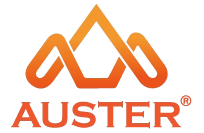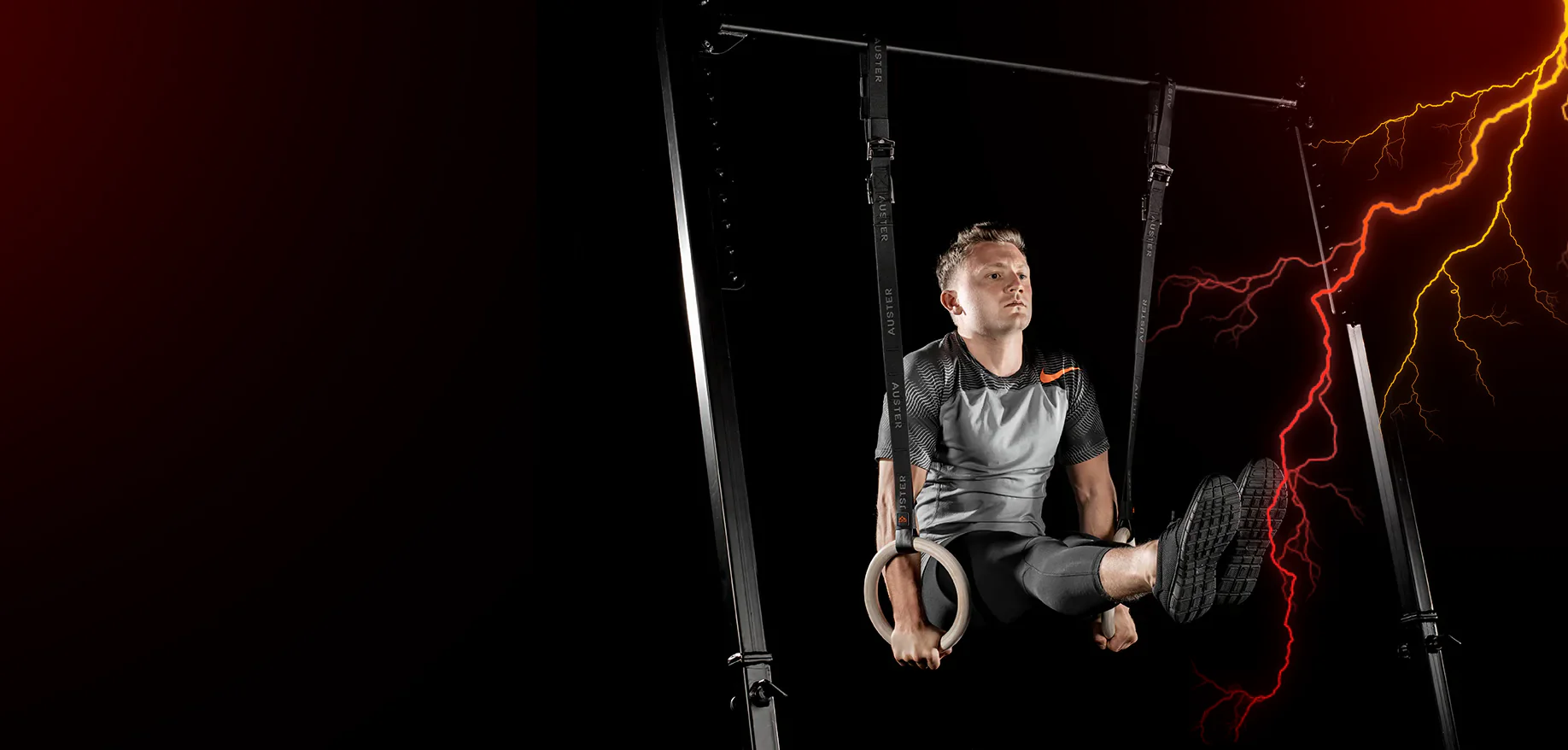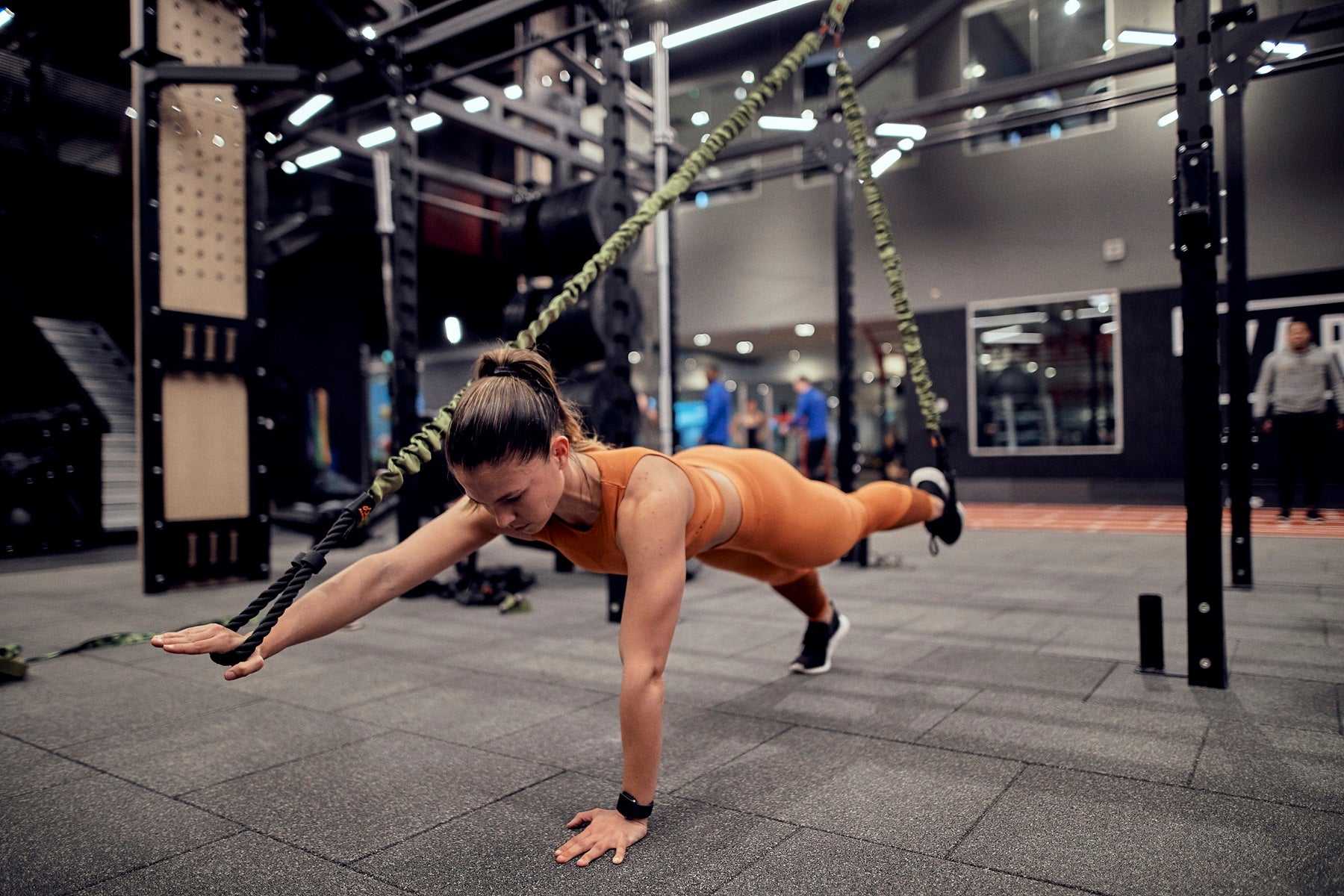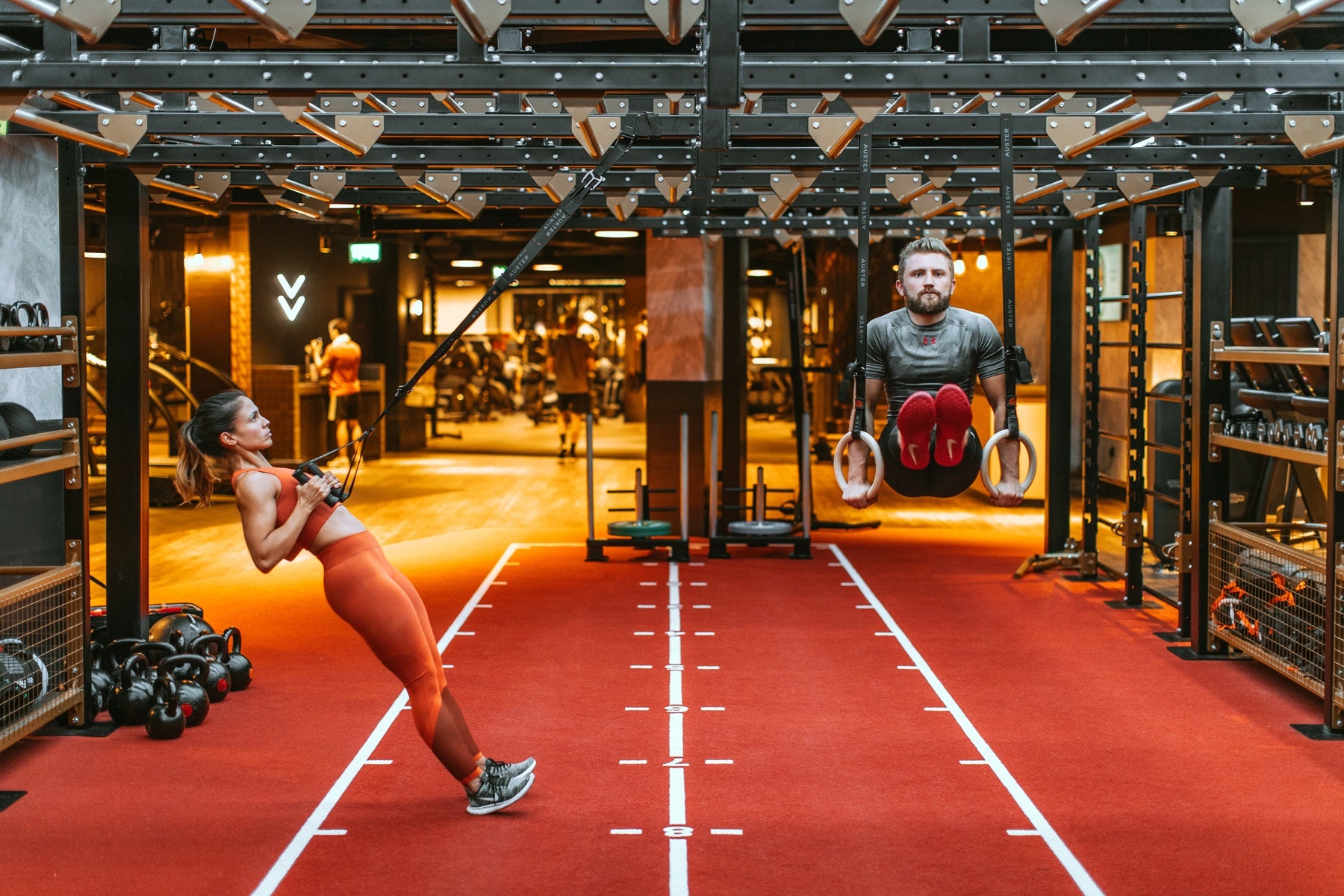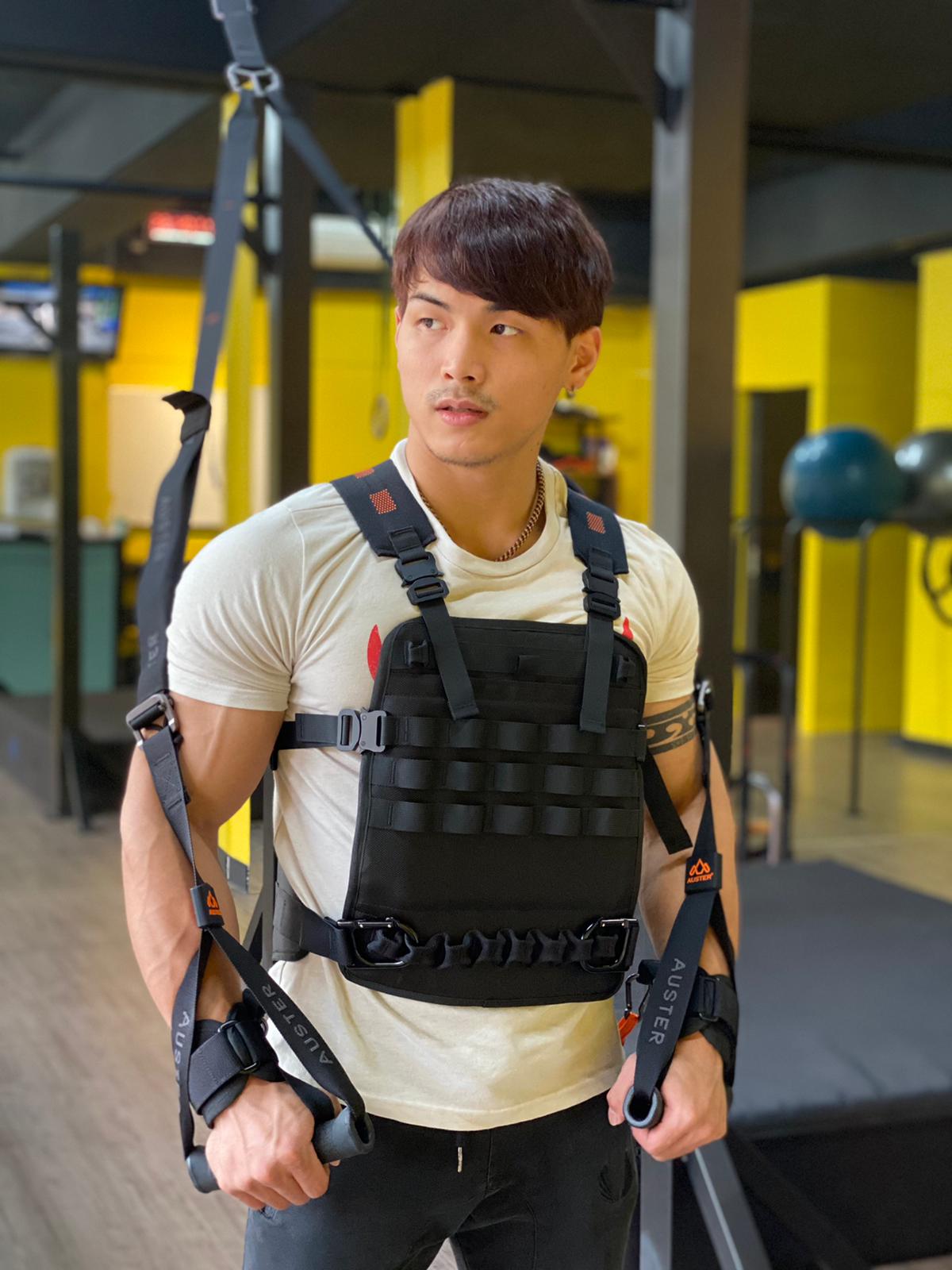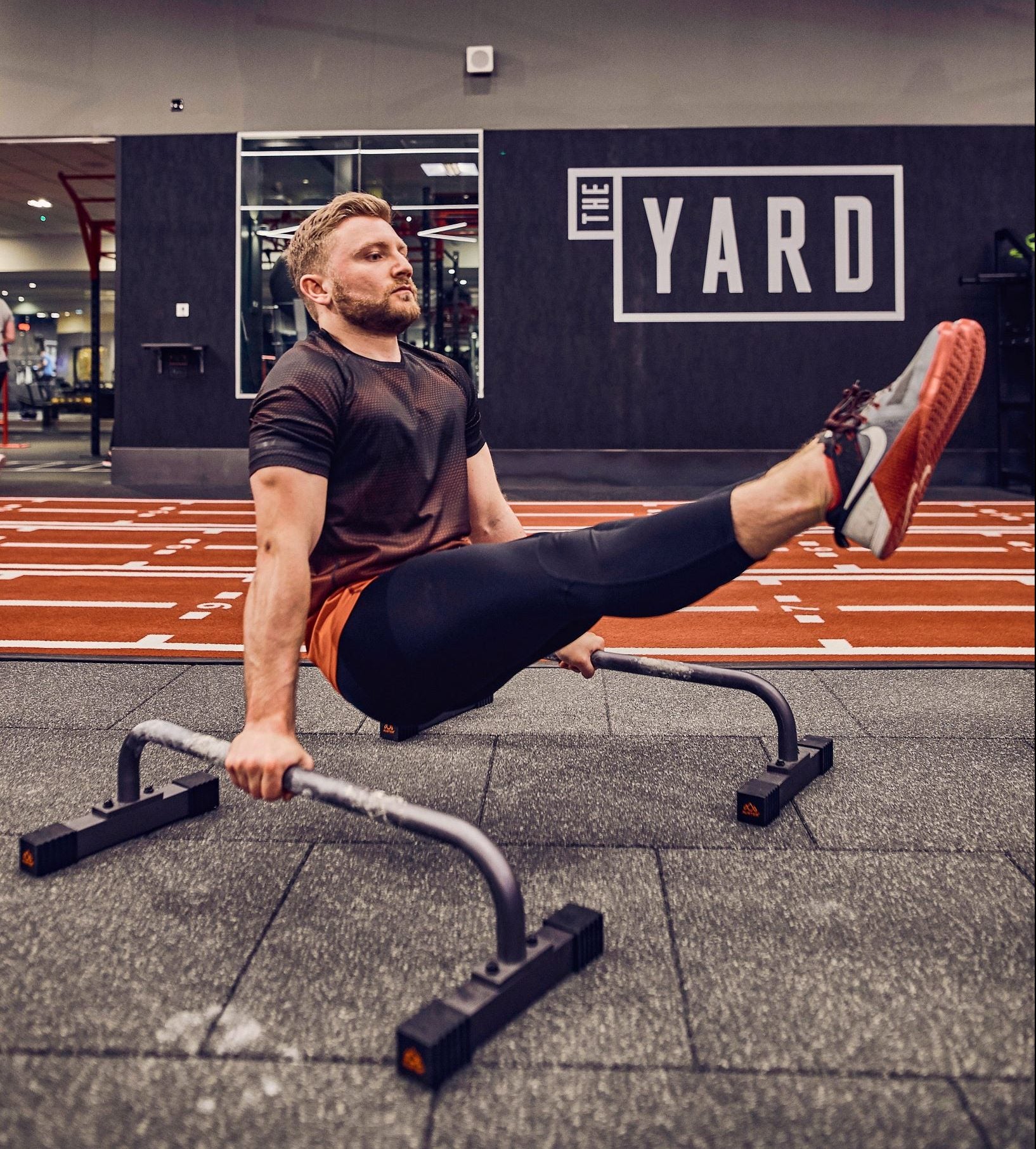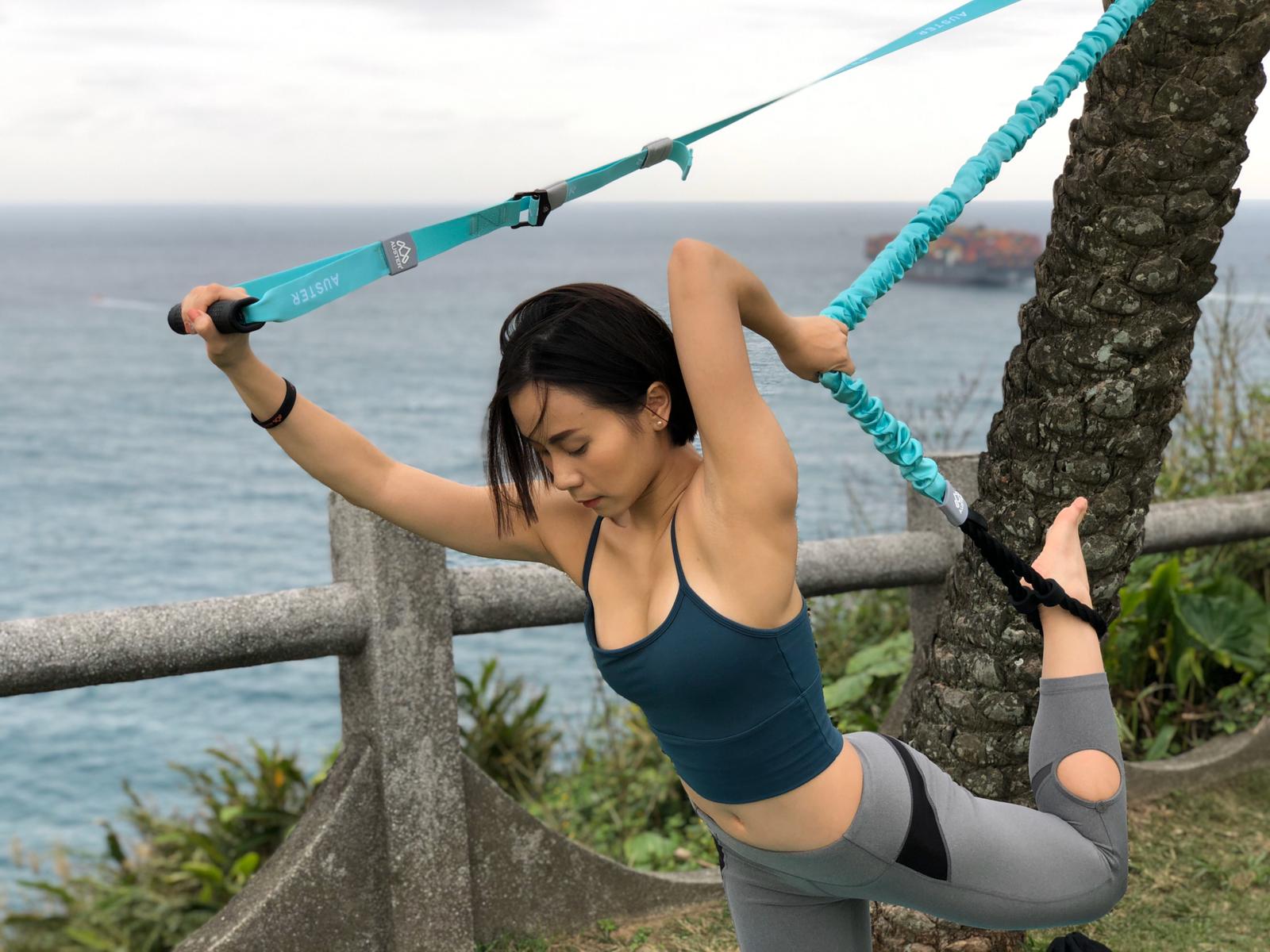
Agonist-Antagonist workouts. Why you should train opposing muscle groups together.
Work smarter not harder. While there are no quick fixes in fitness, there are ways of maximising your results from training. Training effectively doesn’t need to take up hours of your time, and thankfully with Agonist – Antagonist workouts you can make better strength gains in less time. Here’s how.
Firstly, what is an Agonist and Antagonist muscle?
Agonist – The primary muscle used to complete the desired action. In a Bicep Curl, the primary muscle used is the Biceps Brachii muscle.
Antagonist – The opposing muscles to the targeted muscles used to complete the desired action. In the Bicep Curl, the opposing muscles are the Triceps Brachii.
The function of the antagonist muscles is to assist in balance, control and to support the joint the muscles surround. This means that for most movements there is always a certain amount of antagonist activation.
How would the training session work?
You alternate opposing body parts each set.
For example: a Chest and Back superset:
1st set – Chest Press
1st set – Row
2nd set – Chest Press
2nd set – Row
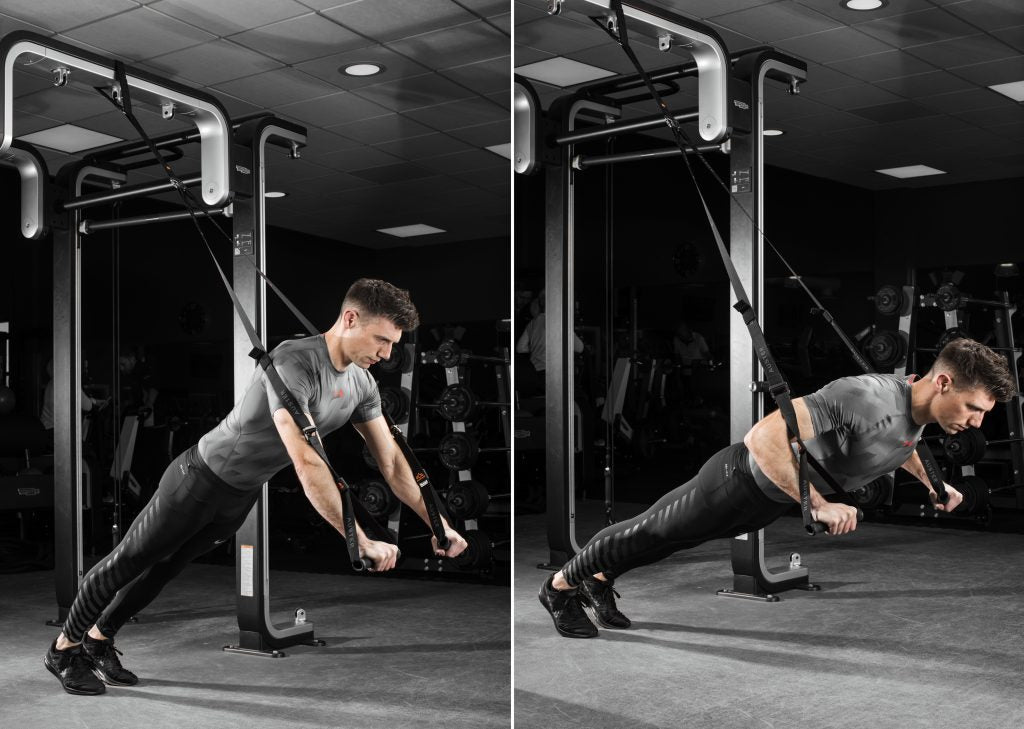
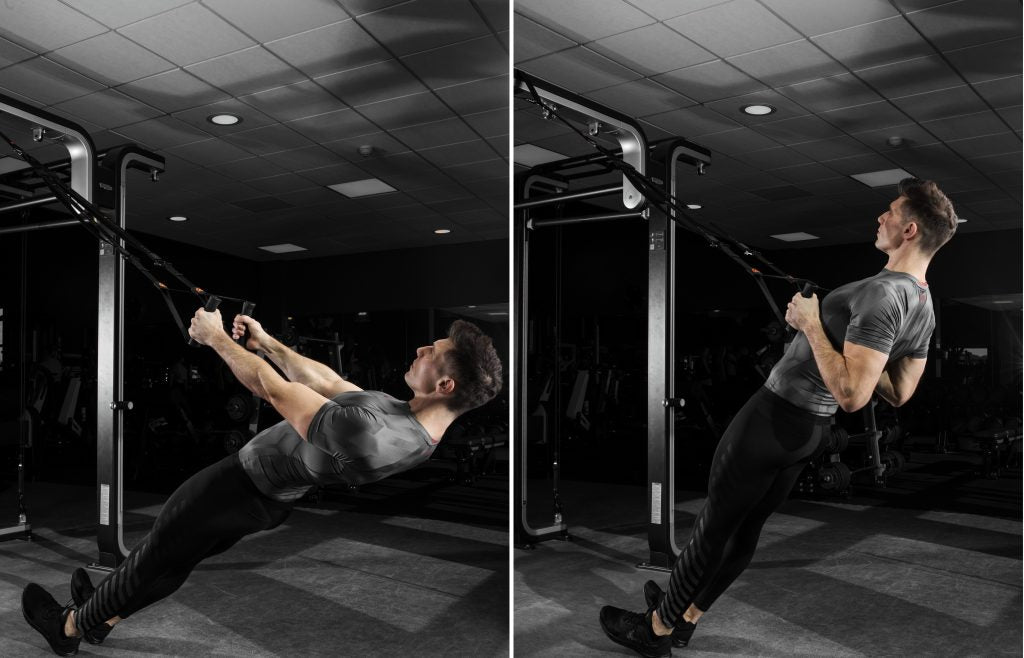
Repeat this, then move onto the next exercise. E.g. alternating Archer Flys and Archer Rows.
What are the benefits?
Increased Hypertrophy and improved blood flow.
Scientific studies show: Increased Strength and Increased Power when alternating opposing exercises compared to a traditional manner. Over time this will lead to more strength and muscular gains. Working a muscle for many reps causes lactic acid build up and muscular fatigue. By training the opposing muscle group, blood is forced into these muscles. This means the acidic blood is being drawn out of the previous muscles trained – helping to recirculate fresh blood and reduce blood stagnation.
Reduced exercise time. By alternating exercises one after the other, exercise time is reduced by 50%. This means you can more effectively smash out your workout in less time. While you are training the agonist, the antagonist is able to support but also actively rest and vice versa.
